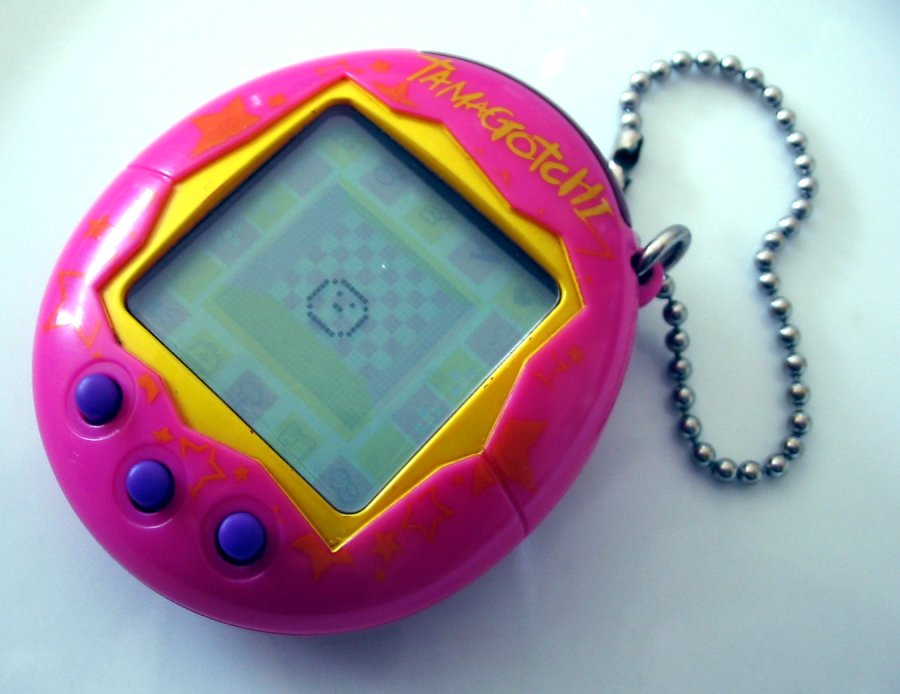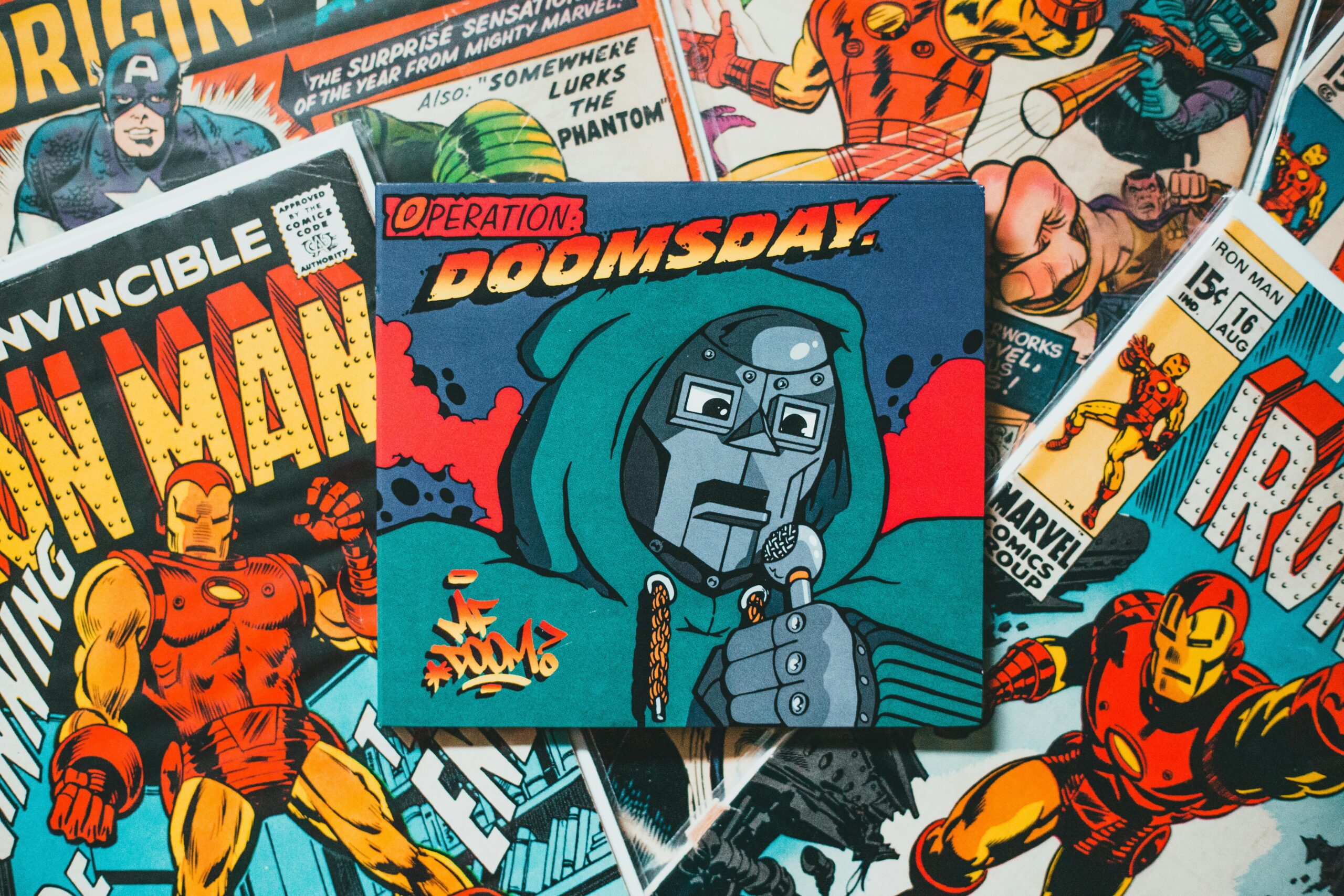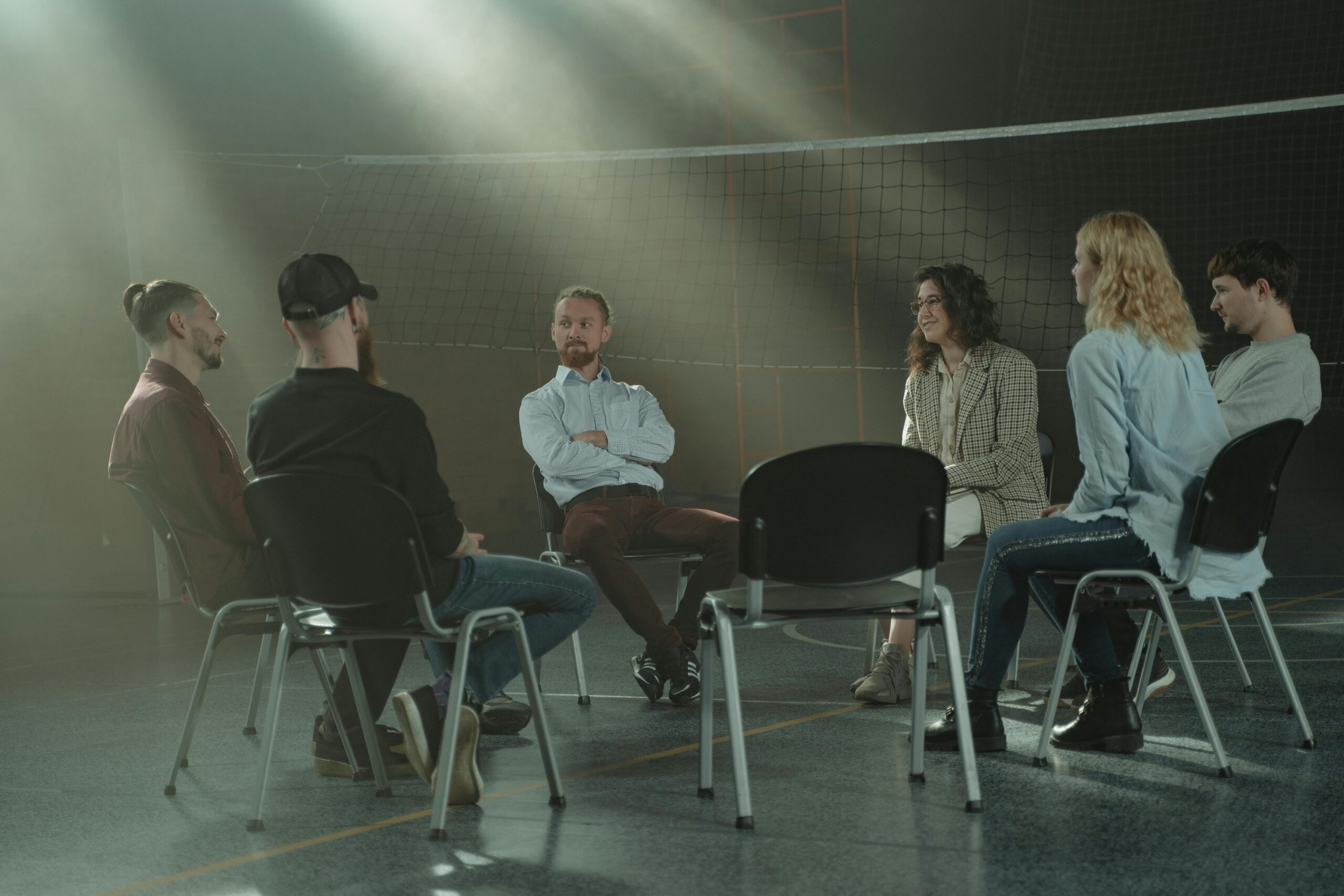Should we be worried that our pets could be replaced by AI? In the 21st century, this idea may seem like a not-so-distant reality, but the idea is less in the realms of science fiction and is becoming more and more likely for you to own a robot of your very own. However, the concept of a pet with an artificial intelligence (AI) has been around longer than one might first suspect, and with artificial intelligence systems like ChatGPT increasingly getting integrated into school systems and Americans using conversational AI like Amazon’s robotic assistant Alexa to help with many different problems, AI is quickly modern everyday life. So why should pets be any different, and more importantly, is the bond between AI pets and humans all that different from our lovable chosen breed of companion? The answer may surprise you.
The history of AI pets goes all the way back to the 1990s. The popularization of Tamagotchi marks the beginning of the artificial pet craze. Before Tamagotchi, other companies such as Sony had made robotic pets that were marketed more as toys for younger kids. Their robotic dog, AIBO, was capable of emoting in ways that were dog-like but didn’t have the expressive features of a dog, such as big eyes or tails. Additionally, later toy companies like Hasbro made Furbies, small, furry alien creatures that would make babbling, gibberish noises and look around with curious, light-up eyes. These toys were still capable of being pets that personally responded to their owners, especially Furbies, which would slowly integrate English into their own vocabulary and react positively when they were brushed. Aside from their companionship, they didn’t possess traditional traits that many would associate with real-life animals or behaviors with human-animal relationships, such as loyalty or differing behavioral stimuli. That’s where Tamagotchi comes in.
The defining feature that made Tamagotchi stand out is that its creator embraced the weirdness that came with taking care of a virtual pet and allowed for player’s use of personification of their own personal Tamagotchi to foster a similar bond to a human-animal interaction. In her essay, “Understanding human relationships with virtual pets through visual communication,” author Maya Takahashi believes this to be because of the limitations of the Tamagotchi game itself. Tamagotchi only allows for basic input from the player by moving them up, down, left, and right. Even though the input isn’t as complex, the complexity comes from taking care of the Tamagotchi when a player personifies it as their own pet, such as giving it a name or a personality. The job of keeping the Tamagotchi alive feels more like a rewarding task than a personal obligation.
 The simple act of feeding, cleaning, and, yes, even picking up your Tamagotchi’s poop indicates that the connection. This conditions the player to check in often and care for the pet. Despite Tamagotchi’s falling out of trend, the technology behind AI pets has evolved beyond the screen and into tangible beings, like Casio’s extremely popular AI pet: Moflin.
The simple act of feeding, cleaning, and, yes, even picking up your Tamagotchi’s poop indicates that the connection. This conditions the player to check in often and care for the pet. Despite Tamagotchi’s falling out of trend, the technology behind AI pets has evolved beyond the screen and into tangible beings, like Casio’s extremely popular AI pet: Moflin.
The age of AI pets has turned to using a more simplistic design, but still contains the capacity for human-animal socialization. In this case, Japanese electronics company Casio has developed its own AI pet called Moflin. Moflin is a small, furry robot that could fit in the palm of your hand. Similarly to a pet like a hamster, the creature will make noise and respond to its environment and interactions with its owner. The program is even indicated to develop a personality, the more it interacts with positive and negative stimuli from its surroundings. Even though the AI is not “alive,” it can still evoke a natural emotional response that can have a lasting impact. In his documentation of testing Moflin for a week, reporter Justin McCurry reminisces on his time with his Moflin, Hammy, and the ways that it affected him. The presence of Hammy comforted McCurry, and even when Hammy had to be returned, McCurry expressed a feeling of sadness that he wouldn’t be able to see Hammy’s personality develop. This abstract use of socialization, or the process by which one learns the appropriate attitudes and behaviors within a culture, shows that AI pets are capable of shaping human behavior to become more emotionally open and aware of the creatures it surrounds itself with. In this way, humans could become more nurturing and empathetic, leading to people extending the same kindness and generosity to other humans. The emotions that AI pets bring could still be classified as a mutual change in human-animal behavior. In one specific case, positive changes of behavior could come from humans anthropomorphizing AI, like Roombas, as shown by human-animal research specialist Kate Darling. In the Tamagotchi’s case, it was feeding and cleaning up after them. In Moflin’s case, it’s the behavioral patterns that will change based on their environment. However, these behavioral changes could be the beginning of humans’ understanding the importance of cultural awareness, along with the power of empathy, especially from a younger generation to an older generation.
Outside of being entertaining to younger demographics, the use of AI pets’ emotional connectivity with humans can extend further to practical use beyond being a simple pet. Paro, a robot designed to look like a baby harp seal, is being used in medical research and affecting health care substantially. Paro has been able to naturally lower high anxiety levels and has been helpful in better symptoms in patients with dementia. The presence of AI like Paro could be the key to understanding the human-animal bond, or the shared ideas and beliefs between a human and an animal that result in a mutually beneficial relationship for both the human and animal and its connection.
Even though Paro’s use so far has been localized with Japanese exclusive medical devices, the possibility of owning a robotic pet like Paro might become possible soon with Tombot’s robotic dog Jennie and the waves she’s currently making in the national medical industry.
 The technology used for AI pets could provide helpful insight for developments in different medical fields with Tombot’s robotic dog, Jennie. Based on personal experience with his own mother, Tombot founder Tom Stevens created an AI pet that would help elderly patients with dementia. The pet is a bot that looks like a golden labrador retriever puppy and is intended to be a lap dog that could provide solace and comfort to patients in nursing homes and hospice care. Tombot’s goal goes beyond a normal pet and into an official FDA medical device echoes into Jennie’s programmed behavior. Jennie can react to any type of behavior she comes in contact with, from being held to meeting an excitable pet. These simulated reactions are an example of medical sociology, or the sociological analysis of social interactions, organizations, and systems related to health, illness, and medicine. In this case, Jennie’s purpose as an AI pet is to help with loneliness and depression among elderly patients. This even goes into her look and feel of a golden labrador puppy, as the breed and age range is the most popular in America, according to Tombot’s research. The size and shape of AI pets could be dramatically different, but the psychological bond to human-animal relationships always remains as the use of AI grows in today’s modern society.
The technology used for AI pets could provide helpful insight for developments in different medical fields with Tombot’s robotic dog, Jennie. Based on personal experience with his own mother, Tombot founder Tom Stevens created an AI pet that would help elderly patients with dementia. The pet is a bot that looks like a golden labrador retriever puppy and is intended to be a lap dog that could provide solace and comfort to patients in nursing homes and hospice care. Tombot’s goal goes beyond a normal pet and into an official FDA medical device echoes into Jennie’s programmed behavior. Jennie can react to any type of behavior she comes in contact with, from being held to meeting an excitable pet. These simulated reactions are an example of medical sociology, or the sociological analysis of social interactions, organizations, and systems related to health, illness, and medicine. In this case, Jennie’s purpose as an AI pet is to help with loneliness and depression among elderly patients. This even goes into her look and feel of a golden labrador puppy, as the breed and age range is the most popular in America, according to Tombot’s research. The size and shape of AI pets could be dramatically different, but the psychological bond to human-animal relationships always remains as the use of AI grows in today’s modern society.
With the help of AI pets like Tamagotchi, Moflin, and Jennie, the future integration could open doors to more comprehensive psychological and sociological research into the relationships between humans and artificial intelligence. Above all, however, it is important to remember that the bond between humans and animals comes from an open-minded, compassionate perspective. Even if you don’t realize it, pets take care of you as much as you take care of them, and AI pets are just numbers and code, instead of flesh and blood. So, don’t be afraid if, in the next few years, AI becomes more dominant in the larger cultural landscape. Their systems could be a blueprint to learning more about human life and thought from a more technological point of view.
Polley is a guest blogger at UITAC Publishing. UITAC’s mission is to provide high-quality, affordable, and socially responsible online course materials.
Images used in this blog:
- “Tamagotchi 0124 ubt” by Tomasz Sienicki is licensed by Wikimedia Commons under CC BY-SA 3.0. This image has not been altered.
- “A Woman in Hijab Hugging a Dog” by thecactusena is licensed by Pexels under the public domain. This image has not been altered.
- “dog” by david hou is licensed by Pexels under the public domain. This image has not been altered.




